
Mitsubishi ASX Estate engines, drive and performance

- Just one engine on offer
- 2.0-litre petrol feels old, performs poorly
- Choice of disappointing gearboxes
There’s currently only a single engine available for the Mitsubishi ASX. It’s a 2.0-litre petrol, paired with either manual or automatic gearboxes.
Only one engine choice
The Mitsubishi ASX is now available with just a single engine, lifted from the larger Outlander. The 2.0-litre petrol is naturally aspirated, which means it doesn’t have a turbocharger or a supercharger fitted.
The result of this is that while power is a fairly healthy 150hp, it doesn’t really feel that punchy. This is due to the delivery of the power itself. There’s very little pull from low rpms, and the ASX instead requires the driver to really wring it out in order to extract the best performance from it. While that’s a desirable trait in a sports car, it’s not really ideal in a family runabout.
Worse still, the engine is very vocal at higher rpm, making exercises such as overtaking or joining the motorway very noisy indeed.
Choice of two gearboxes, two or four-wheel drive
In somewhat of a backward step, Mitsubishi’s actually removed the six-speed manual gearbox from its ASX range. The standard transmission is now a five-speed manual, with a continuously variable transmission (CVT) available as an option.
The manual gearbox is around two seconds faster than the CVT in the 0-60mph sprint – it accomplishes it in 10.2 seconds vs 12.2 seconds. It’s not exactly an engaging option, though. The throw of the gearbox is very long and notchy, and the gearing is long too – it’s possible to hit 60mph in second gear.
Combine that with a heavy and imprecise clutch and the CVT begins to look like the more attractive option. Unfortunately, it’s a unit from the old-school days of these transmissions, and it’s thoroughly unpleasant to use. It has a tendency to send the engine revs spiralling at even slight throttle inputs, even at low speeds around town.
The ‘elastic band’ effect – where the engine’s speed rises sharply before the road speed has a chance to catch up – is present and correct and gives quite a disconnected feeling to the powertrain.
Manual models are front-wheel drive and automatics four-wheel drive, exclusively – there’s no way to mix and match. The ASX is actually fairly accomplished off-road, thanks to its roots as a larger SUV. It has good approach and departure angles, and though there’s little electronic trickery it should easily be able to handle most of what is thrown at it.
For our money, if you don’t need four-wheel drive we’d consider opting for the manual gearbox. It’s not a great example of the breed, but it’s far better than the sluggish CVT.
Comfortable ride at low speed
The ASX is quite softly sprung, leading to a comfortable ride at low speed. It copes well with inner-city potholes and speed bumps, making it an ideal town car.
It’s less impressive out on the open road, where sharper bumps make themselves known. Hit a particularly bad section of road and the ASX begins to feel quite uncontrolled. That soft springing doesn’t help much in the corners, either, where it leans heavily and loses grip quite easily.
The steering is quite vague too, with the result being you don’t feel very confident behind the wheel of the ASX.


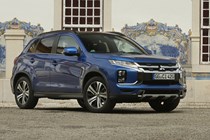
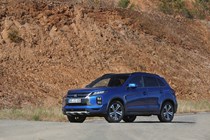









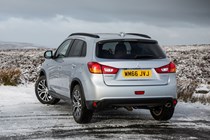
.jpg)
.jpg)
.jpg)
.jpg)
.jpg)
.jpg)
.jpg)
.jpg)
.jpg)
.jpg)
.jpg)
.jpg)
.jpg)
.jpg)
.jpg)
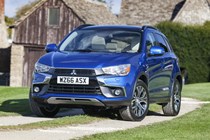
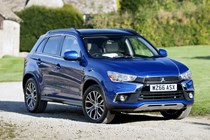
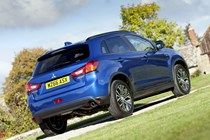
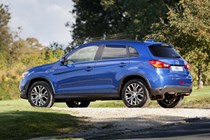
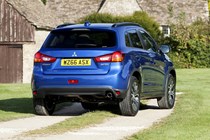
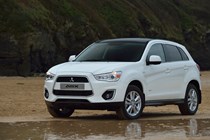

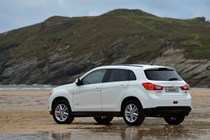









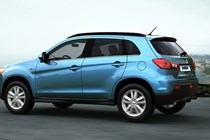



.jpg)
.jpg)
.jpg)
.jpg)
.jpg)
.jpg)
.jpg)
.jpg)
.jpg)
.jpg)
.jpg)
.jpg)
.jpg)
.jpg)
.jpg)
.jpg)
.jpg)
.jpg)
.jpg)
.jpg)
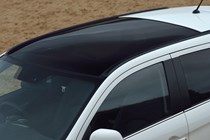
.jpg)


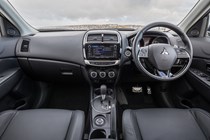


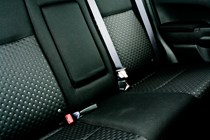

.jpg)
.jpg)
.jpg)
.jpg)
.jpg)
.jpg)
.jpg)
.jpg)
.jpg)
.jpg)
.jpg)
.jpg)
.jpg)
.jpg)
.jpg)
.jpg)
.jpg)
.jpg)
.jpg)
.jpg)
.jpg)
.jpg)
.jpg)
.jpg)
.jpg)
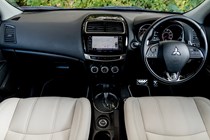
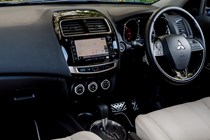
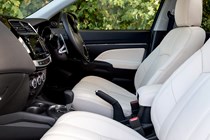
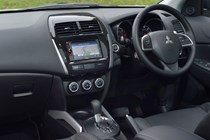
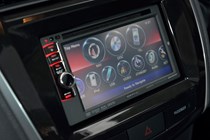
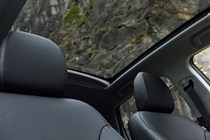
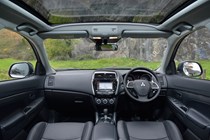

.jpg)
.jpg)
.jpg)
.jpg)
.jpg)
.jpg)
.jpg)
.jpg)
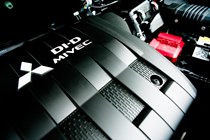
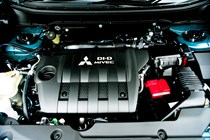
.jpg)
.jpg)
.jpg)
.jpg)
.jpg)
.jpg)
.jpg)
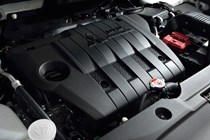












.jpg?quality=50)
.jpg?quality=50)
.jpg?quality=50)
.jpg?quality=50)
.jpg?quality=50)
.jpg?quality=50)
.jpg?quality=50)
.jpg?quality=50)
.jpg?quality=50)
.jpg?quality=50)
.jpg?quality=50)
.jpg?quality=50)
.jpg?quality=50)
.jpg?quality=50)
.jpg?quality=50)





















.jpg?quality=50)
.jpg?quality=50)
.jpg?quality=50)
.jpg?quality=50)
.jpg?quality=50)
.jpg?quality=50)
.jpg?quality=50)
.jpg?quality=50)
.jpg?quality=50)
.jpg?quality=50)
.jpg?quality=50)
.jpg?quality=50)
.jpg?quality=50)
.jpg?quality=50)
.jpg?quality=50)
.jpg?quality=50)
.jpg?quality=50)
.jpg?quality=50)
.jpg?quality=50)
.jpg?quality=50)

.jpg?quality=50)







.jpg?quality=50)
.jpg?quality=50)
.jpg?quality=50)
.jpg?quality=50)
.jpg?quality=50)
.jpg?quality=50)
.jpg?quality=50)
.jpg?quality=50)
.jpg?quality=50)
.jpg?quality=50)
.jpg?quality=50)
.jpg?quality=50)
.jpg?quality=50)
.jpg?quality=50)
.jpg?quality=50)
.jpg?quality=50)
.jpg?quality=50)
.jpg?quality=50)
.jpg?quality=50)
.jpg?quality=50)
.jpg?quality=50)
.jpg?quality=50)
.jpg?quality=50)
.jpg?quality=50)
.jpg?quality=50)








.jpg?quality=50)
.jpg?quality=50)
.jpg?quality=50)
.jpg?quality=50)
.jpg?quality=50)
.jpg?quality=50)
.jpg?quality=50)
.jpg?quality=50)


.jpg?quality=50)
.jpg?quality=50)
.jpg?quality=50)
.jpg?quality=50)
.jpg?quality=50)
.jpg?quality=50)
.jpg?quality=50)
